
There were moments when I felt I had traveled back in time. The small town of Selma, Alabama looked much the same as it must have looked back in the day when Dr. Martin Luther King Jr. led a march to the state capital demanding equal rights under the law for African Americans. The extras playing the marchers were, for the most part, local people, some of whom had participated in the real march. Visually, there was a sense of authenticity, but even more importantly, many of the emotions that fueled the historical event were still very much alive. In reenacting history, the actors were expressing their true feelings about living in the present.
David Oyelowo looked so much like Dr. King I sometimes felt as if I was photographing the man himself. During the filming of Dr. King’s speech in front of the State House in Montgomery, the actor’s words and mannerisms seemed so real there was an electric charge in the air. The response from the crowd of marchers was so genuine it was as if they were hearing the words for the first time, and indeed, the message is as relevant today as it was then.
In photographing scenes from the film I took the point of view I have in my normal work of documenting contemporary history as it happens. There was a tremendous amount of movie-making activity swirling around at all times, with camera crew and lighting technicians, production assistants, set dressers, costume and make-up people performing all the tasks that have to be accomplished to create a convincing world of make-believe. But in very small windows of time existed moments of reality, and I wandered through the set watching and waiting for those moments to materialize. An accumulation of those brief fragments of time created a meta-reality that became a mental point of departure, and I stepped back into history as if in a time machine.
Images from the American Civil Rights Movement had motivated me to become a documentary photographer in the first place, and the values, ideals and working principles of the Movement have continued to inspire me throughout my career.
James Nachtwey is a TIME contract photographer, documenting wars, conflicts and critical social issues.
Paul Moakley, who edited this photo essay, is TIME’s deputy director of photography.
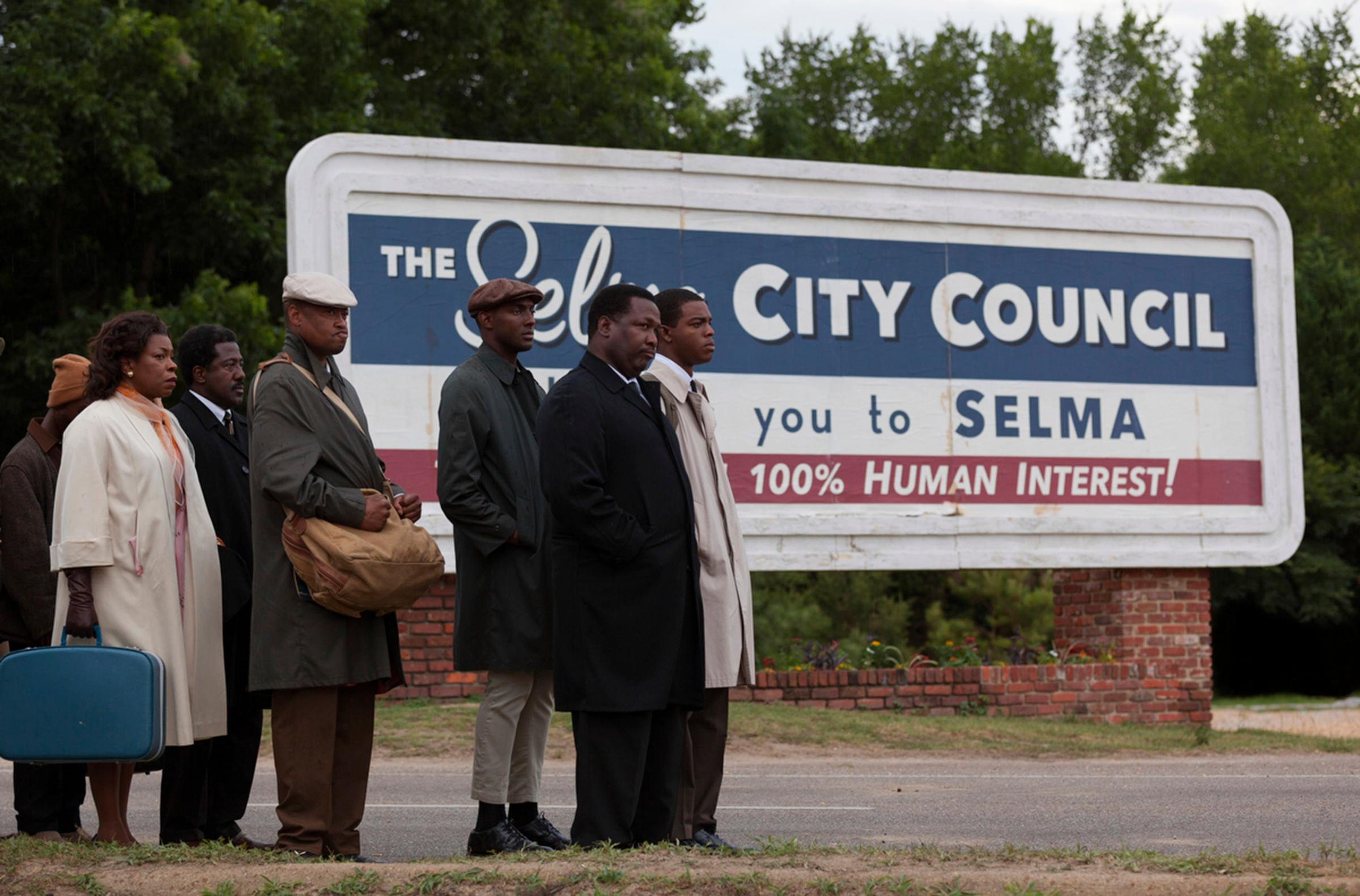
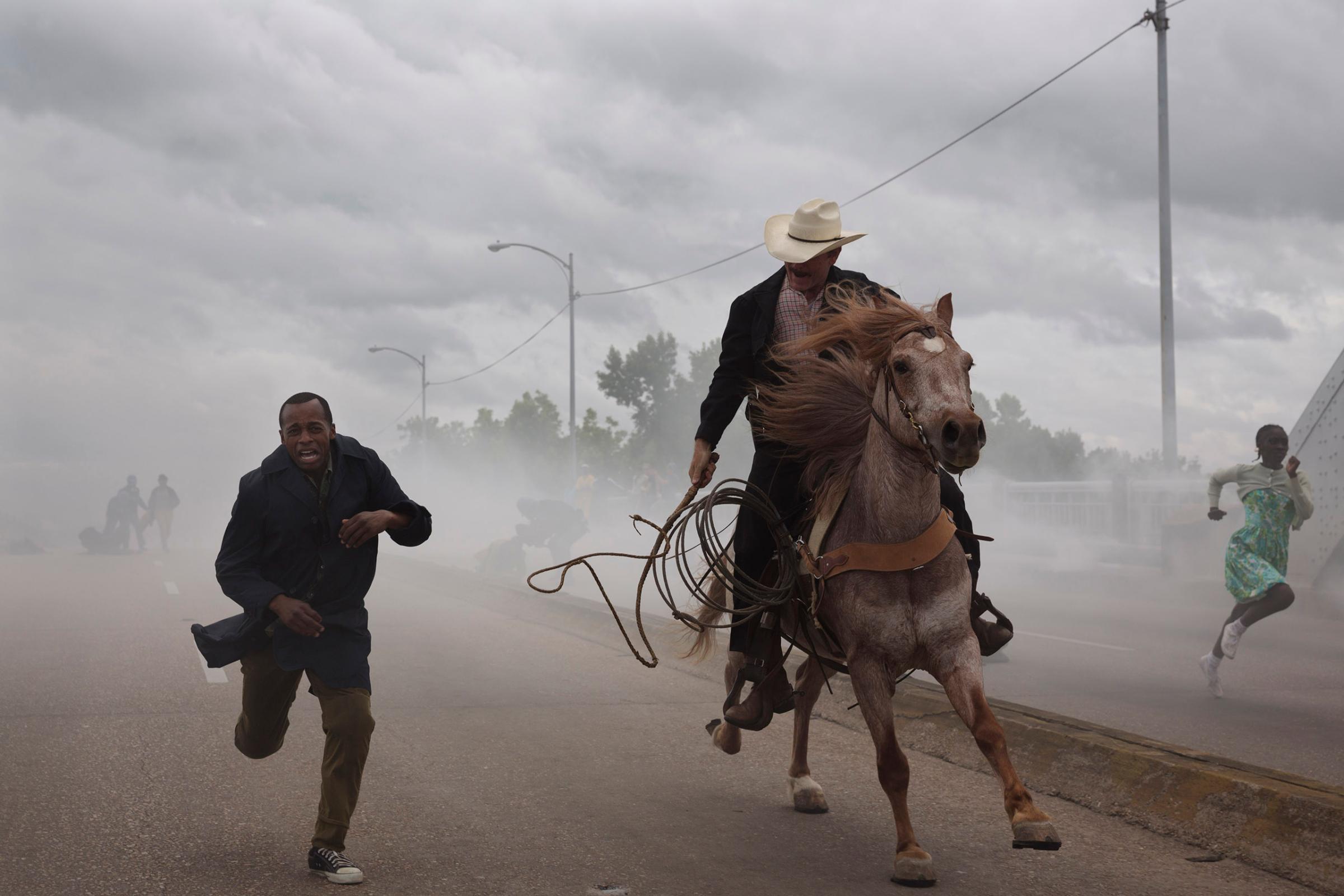
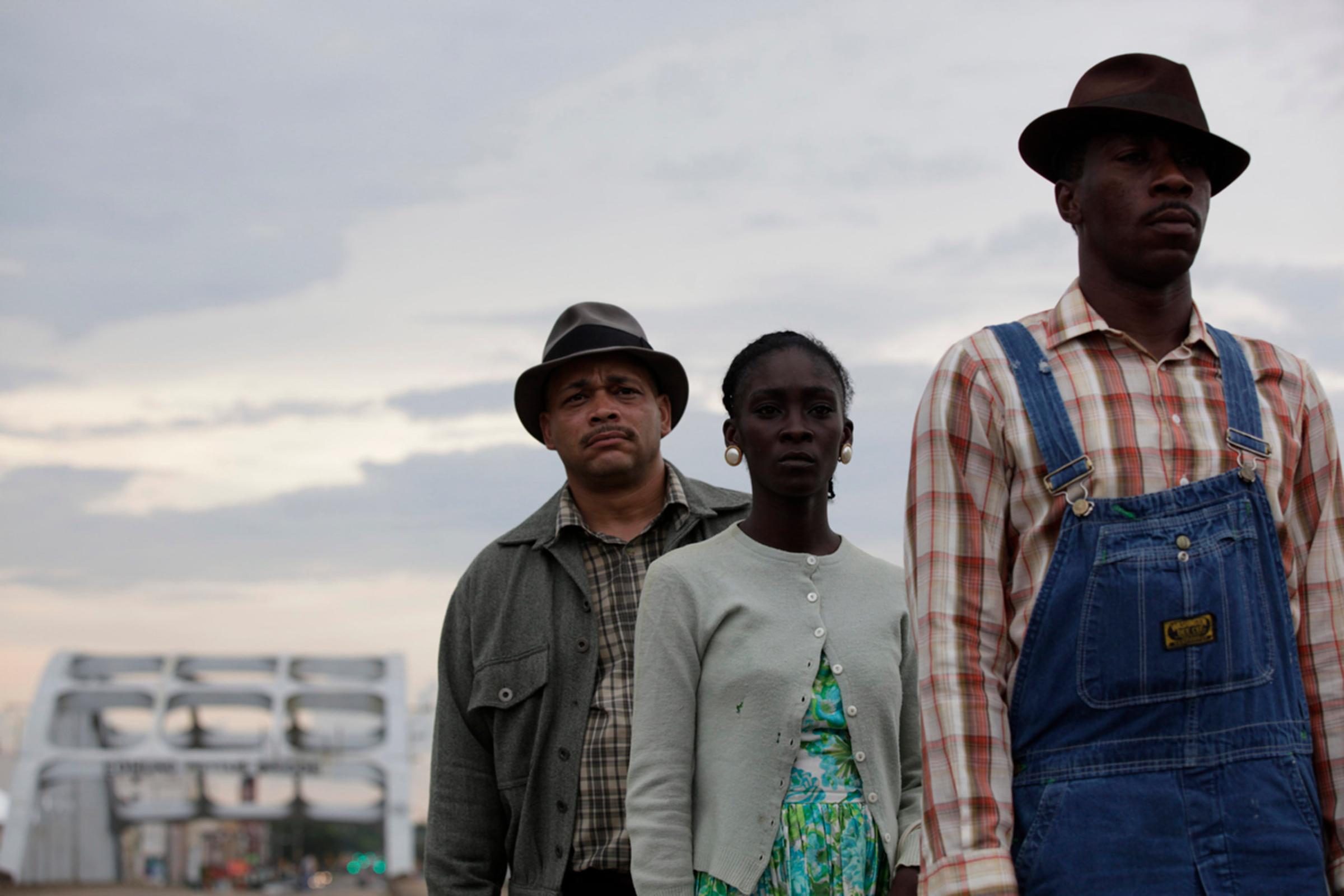
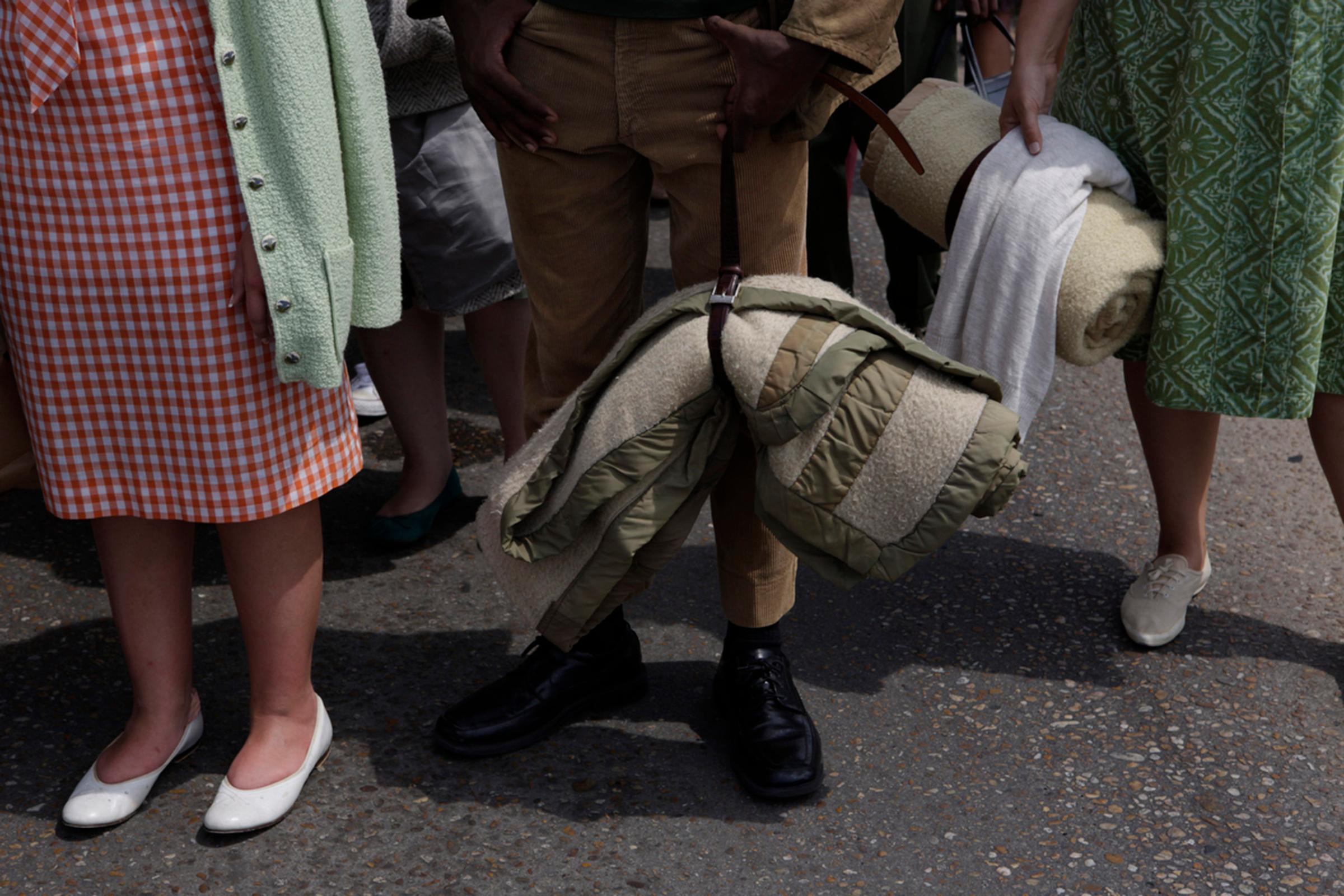
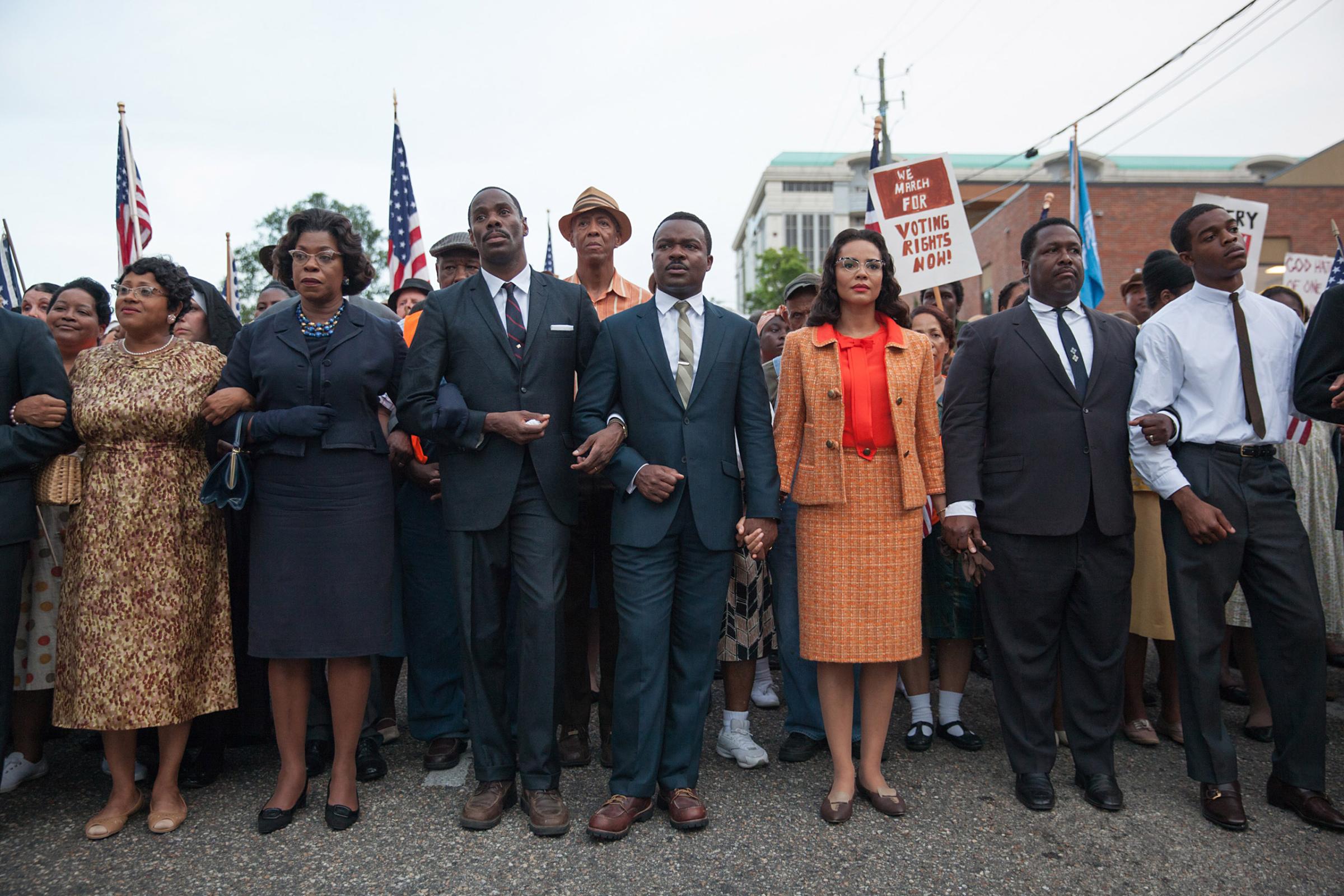
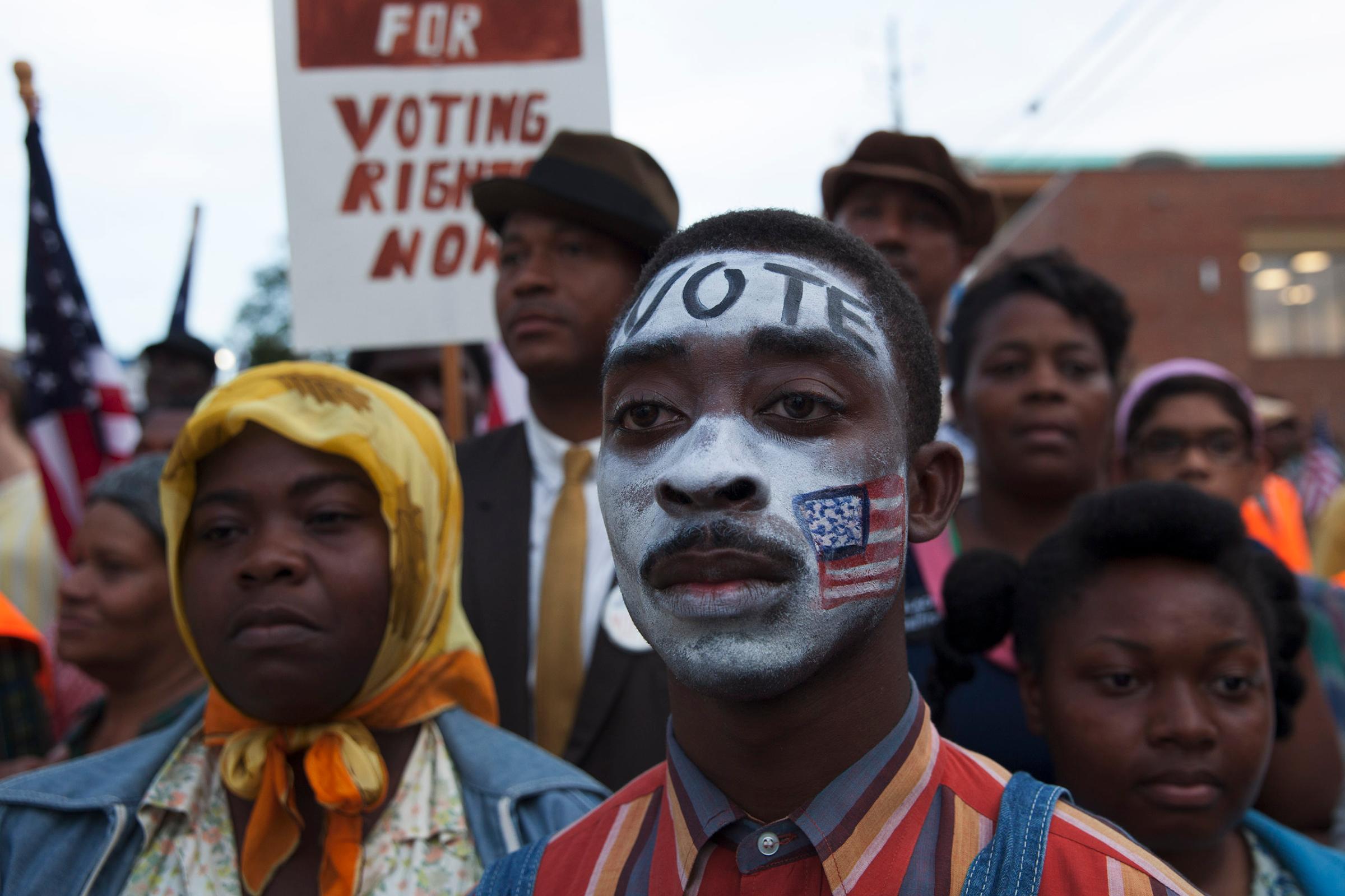

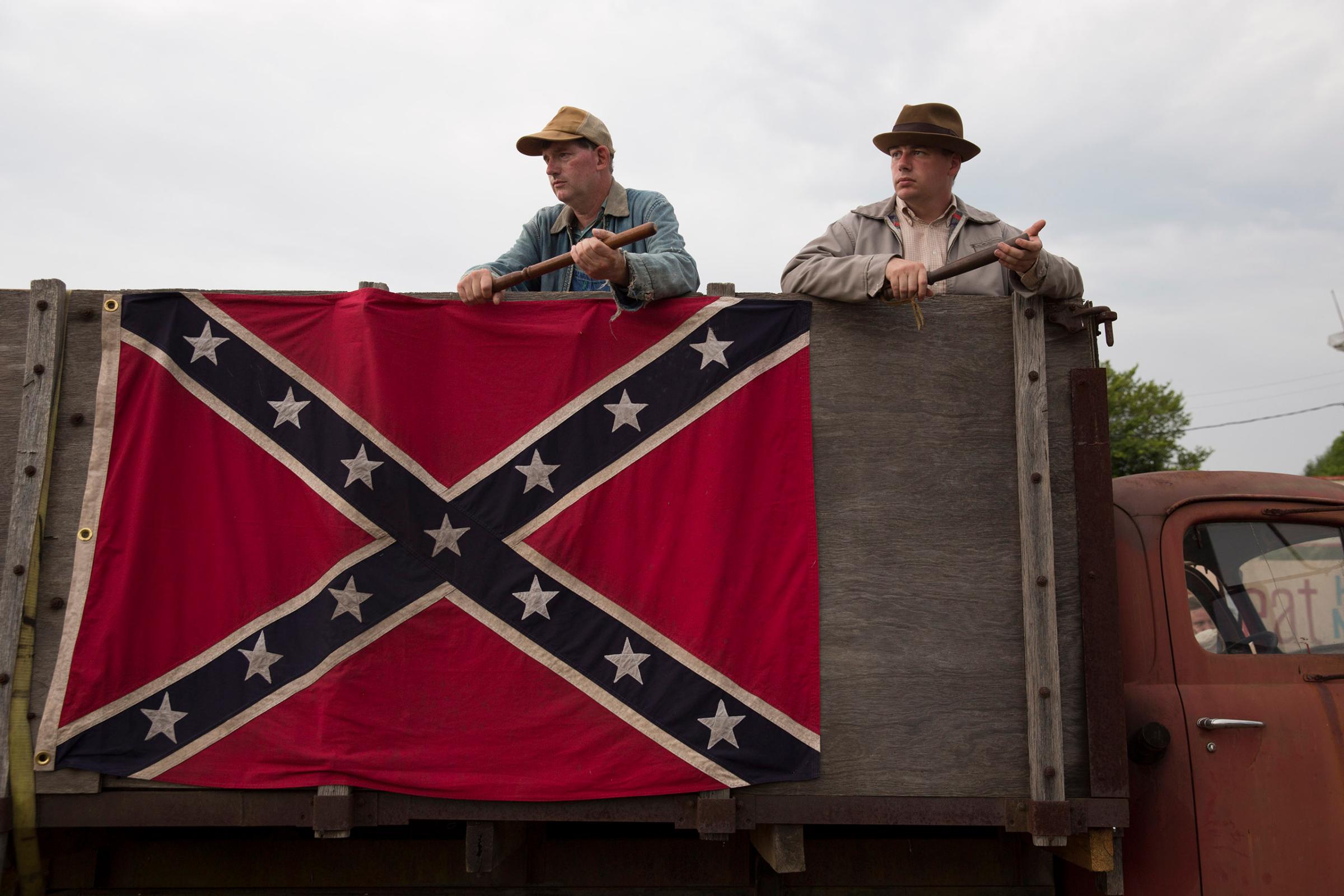
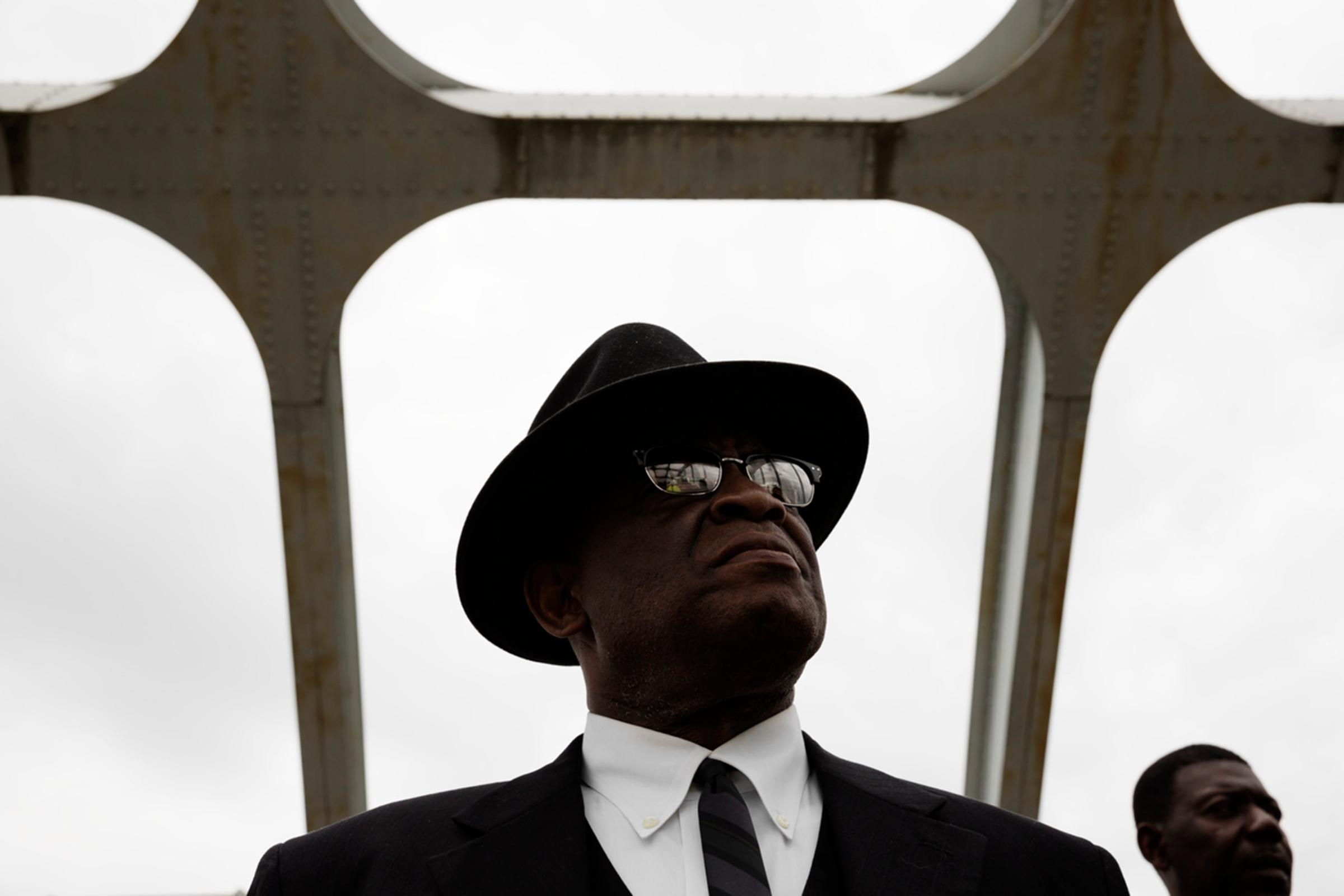
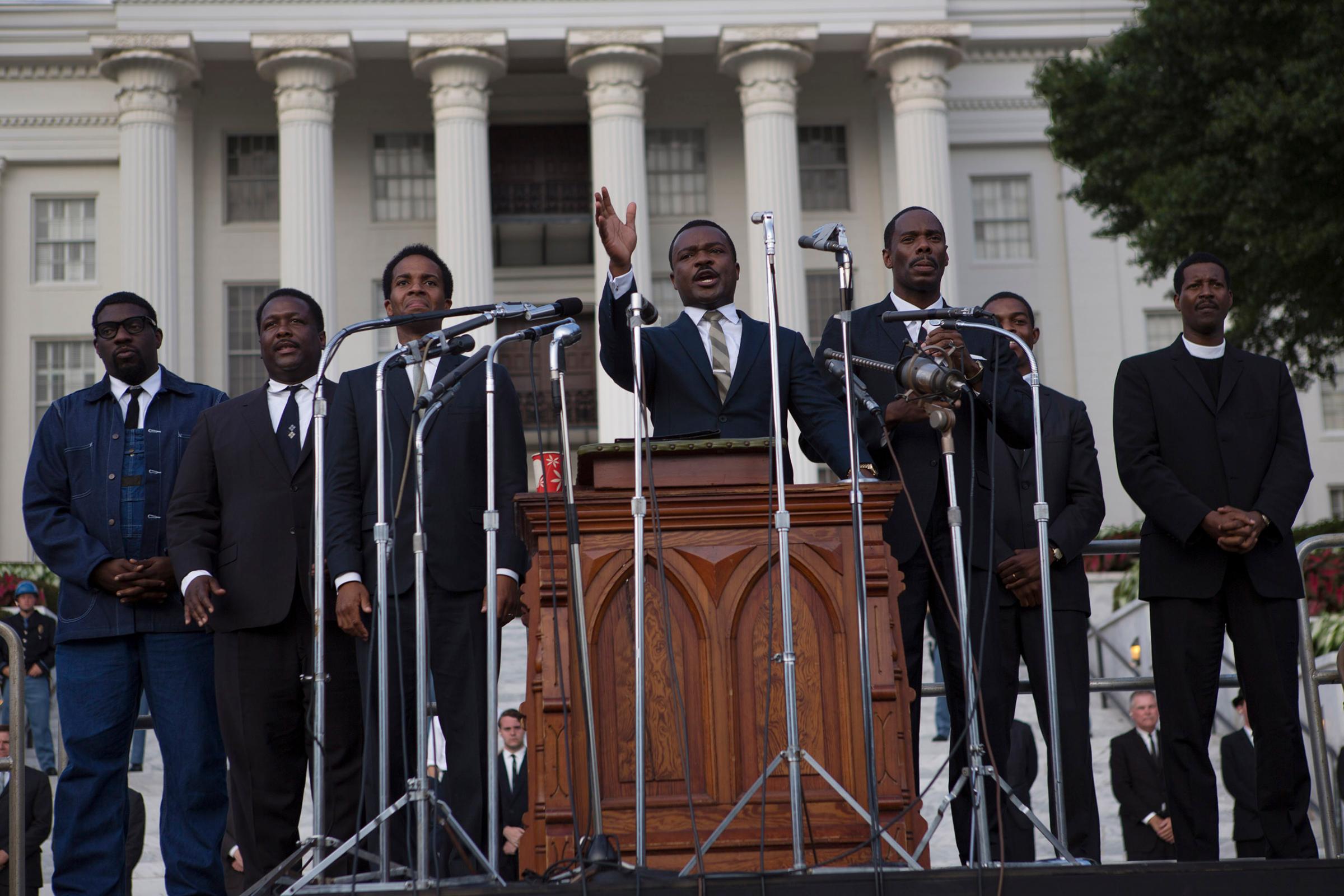
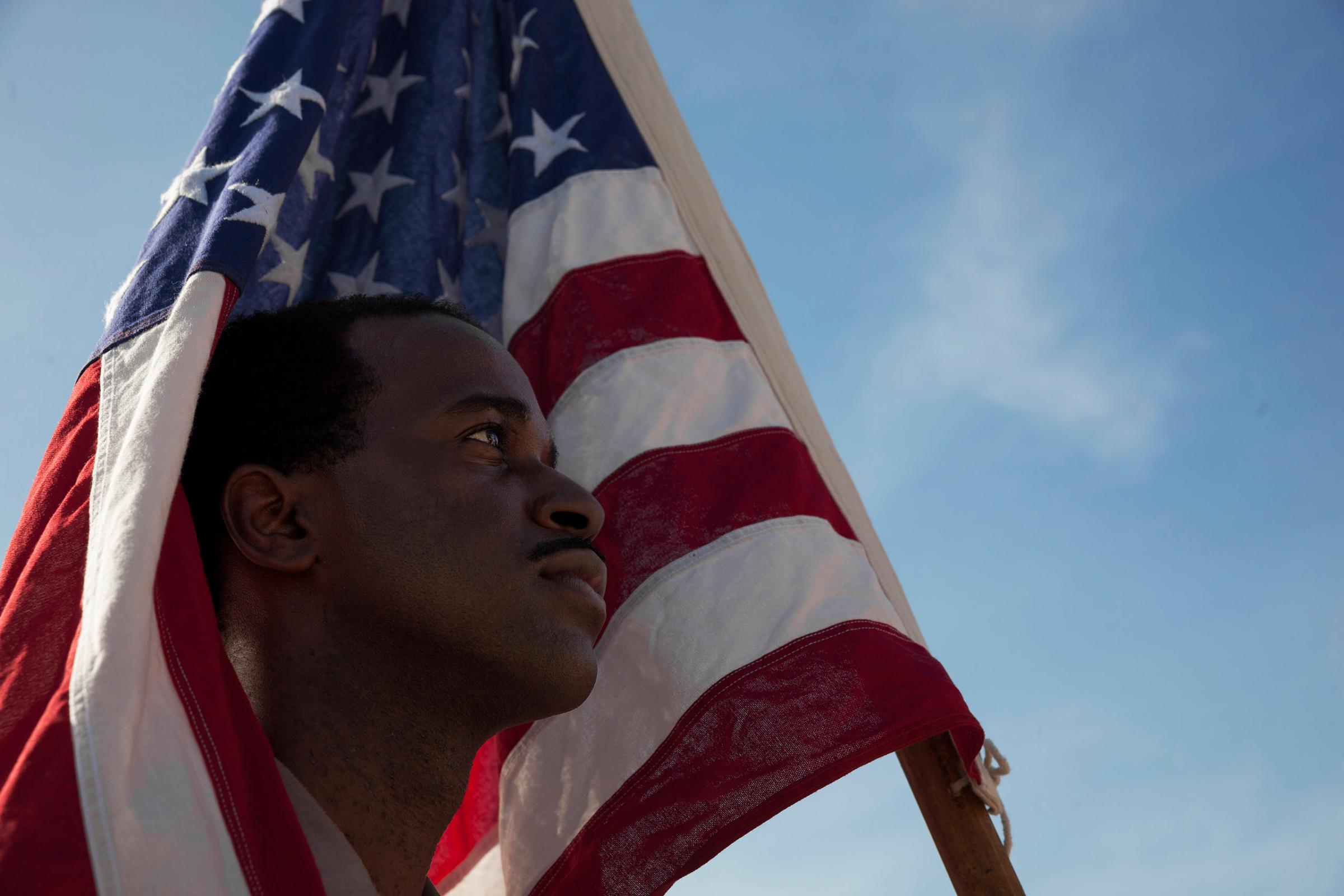
More Must-Reads from TIME
- Why Trump’s Message Worked on Latino Men
- What Trump’s Win Could Mean for Housing
- The 100 Must-Read Books of 2024
- Sleep Doctors Share the 1 Tip That’s Changed Their Lives
- Column: Let’s Bring Back Romance
- What It’s Like to Have Long COVID As a Kid
- FX’s Say Nothing Is the Must-Watch Political Thriller of 2024
- Merle Bombardieri Is Helping People Make the Baby Decision
Contact us at letters@time.com